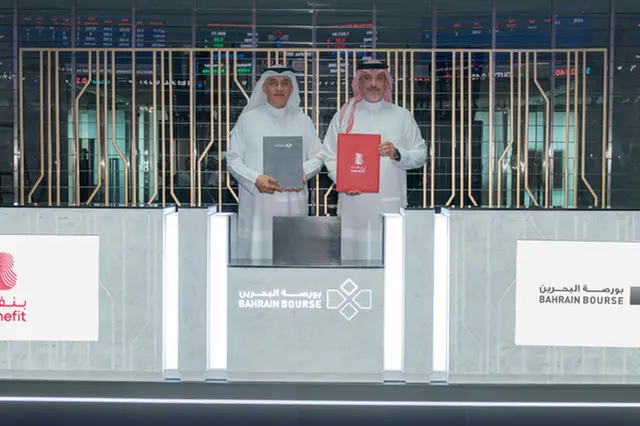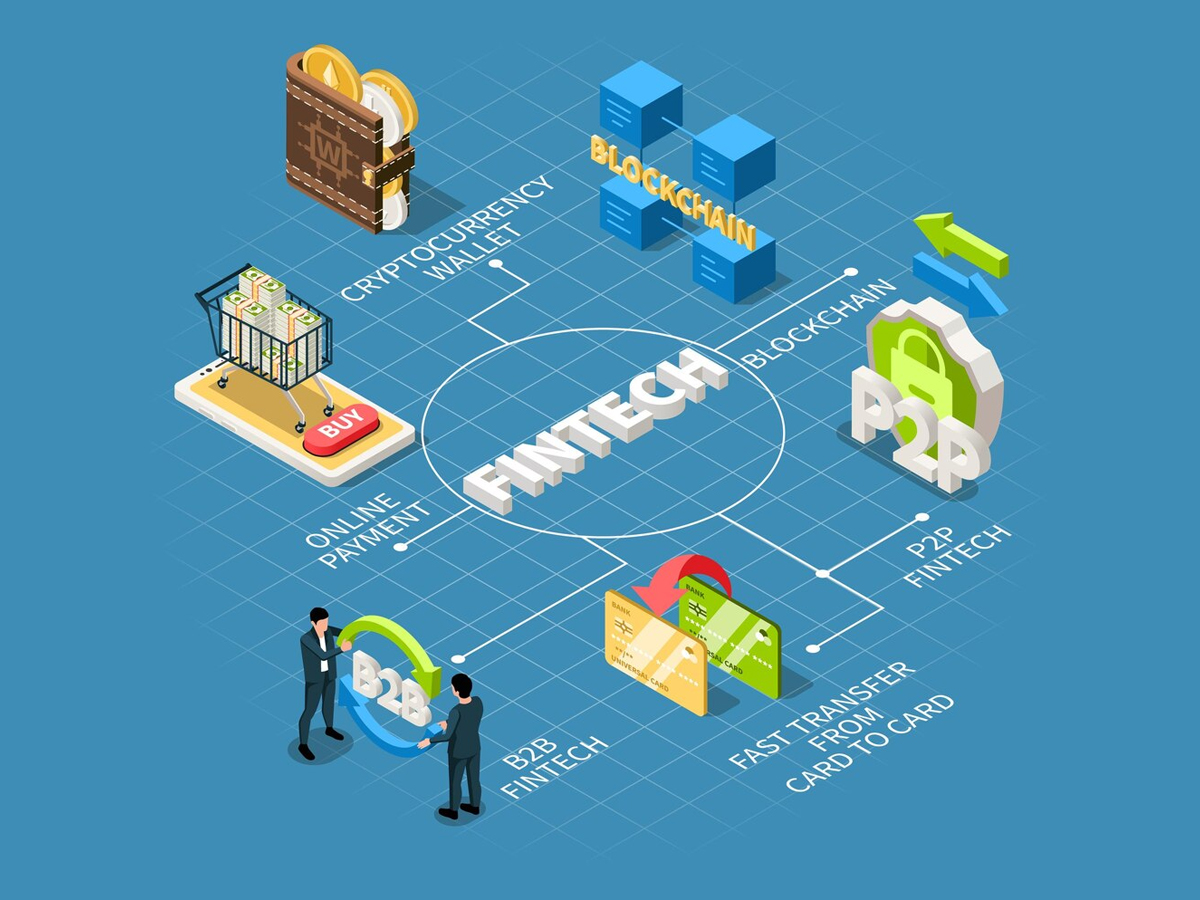The Middle East and North Africa (MENA) region is becoming a global contender in the cryptocurrency world, securing the seventh-largest spot in the market by 2024. With $338.7 billion in on-chain value received between July 2023 and June 2024, MENA accounts for 7.5 per cent of the world’s total transaction volume.
Although the market lags behind larger regions, its rapid growth suggests a significant shift on the horizon. Turkey and Morocco are leading the charge, ranking 11th and 27th in global crypto adoption.
Turkey has generated $137 billion in value, while Morocco accounted for $12.7 billion. The region’s crypto activity is primarily dominated by institutional and professional transactions, with 93 per cent of value transfers involving over $10,000. This points to the heavy involvement of serious investors and enterprises in shaping the market. Traditional financial institutions such as banks are actively exploring their roles within the crypto ecosystem and a robust and evolving regulatory framework further supports this engagement.
While centralized exchanges (CEXs) remain dominant, decentralized finance (DeFi) is steadily gaining traction. Saudi Arabia and the UAE show heightened interest in decentralized platforms, especially DeFi activities hosted on decentralized exchanges (DEXs). In Saudi Arabia, a disproportionately young population—63 per cent under the age of 30—is driving this trend. This demographic’s tech-savvy nature and openness to innovation make the Kingdom an ideal breeding ground for new financial technologies.
The UAE, too, is embracing DeFi at a rate higher than the global average. The country’s regulatory framework has been a critical enabler, fostering a collaborative environment between the government and crypto industry players. Regulatory clarity, particularly in jurisdictions like the UAE, plays a crucial role. It allows people to understand where they stand legally, encourages more rational economic decisions, and helps prevent misuse. A large youth population across the countries in the region, help increase adoption, as younger people tend to adopt new technologies faster than older generations, and the region has a significant youth demographic. The UAE’s Virtual Assets Regulatory Authority (VARA) is leading this charge. While Turkey and Qatar remain primarily reliant on CEXs, with less involvement in DeFi activities, recent regulatory changes in Qatar could soon spur the growth of decentralized platforms. Qatar’s digital assets regime, introduced by the Qatar Financial Centre in 2024, establishes a legal and regulatory foundation for digital assets and tokenization, paving the way for accelerated fintech innovation.
DeFi’s potential to offer financial inclusion is particularly significant in MENA, where less than 50 per cent of adults (excluding high-income economies) had bank accounts as of 2021. Decentralised finance provides access to services like loans and savings without traditional intermediaries, making it an appealing option for the region’s underbanked populations.
Stablecoins and altcoins are also gaining ground across MENA, with Turkey, Saudi Arabia, and the UAE leading the charge. In Turkey, a history of economic instability and high inflation has led to widespread adoption of stablecoins.
In the UAE, stablecoins are becoming a popular gateway to broader crypto services. Meanwhile, lSaudi Arabia demonstrates a more substantial interest in altcoins, reflecting a growing risk appetite among investors seeking to diversify beyond Bitcoin and Ethereum.
The UAE continues to position itself as a leader in the MENA crypto market, receiving over $30 billion in crypto value between July 2023 and June 2024. The country’s crypto activity spans all transaction sizes, indicating a balanced ecosystem. The total value received by DeFi services in the UAE increased by 74 per cent year-over-year, while DEX activity alone grew by 87 per cent. As more international players set up shop in the UAE, the country establishes itself as a global hub for DeFi and blockchain innovation.
In Turkey, stablecoins are the go-to asset class, driven by the country’s sky-high inflation rate. The country leads the world in stablecoin trading volume relative to GDP, with stablecoin purchases closely correlated with inflation rates.
Meanwhile, Saudi Arabia and Qatar are the region’s fastest-growing crypto economies. Saudi Arabia’s market expanded by 154 per cent year-over-year, driven by blockchain innovations, central bank digital currency (CBDC) initiatives, and a youthful population. Qatar’s crypto economy grew by 120 per cent, buoyed by the country’s evolving regulatory stance.
As the MENA region continues to grow its crypto presence, institutional interest and DeFi adoption are reshaping the financial landscape. While centralized exchanges still dominate, the rise of DeFi and stablecoins signals a shift towards a more decentralized future, with regulatory frameworks playing a pivotal role in sustaining growth. As blockchain technology becomes more integral to global finance, MENA is fast emerging as a key player, with Turkey and the UAE leading the charge.





